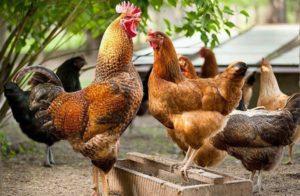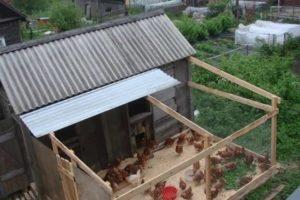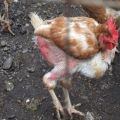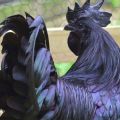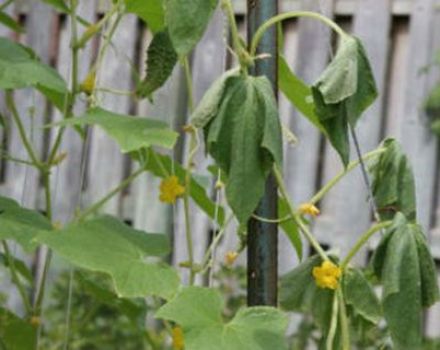Why does molting in laying hens begin, what and when to give at home
Many poultry farmers breed chickens so that they can enjoy their eggs all year round. Some people experience molting in laying hens. This can happen due to natural processes in the body or due to diseases.
Types and periods of molt
There are three molt periods, the features of which must be familiarized in advance.
Juvenile (primary)
Molt is called juvenile, in which the plumage begins to gradually replace. During the initial shedding, completely bare areas should not appear on the body of the laying hen. New feathers should be covered with old ones, which will fall off over time. The beginning of juvenile shedding is indicated by a reddish tint at the base of the feathers.
Most noticeable is the red spot on the feathers that are on the head. On the back and other parts of the body, color changes are almost invisible.
Periodic (seasonal)
It's no secret that adult chickens shed periodically. This process takes place annually. The plumage change begins in the fall, in mid-October and continues until December. However, in some chickens, molt lasts 1-2 months longer.
If the bird has a weakened body and is seriously underweight, the replacement of feathers begins earlier - in early July. All this continues for four and a half months. In this case, the plumage of the neck is first replaced, and only after that all other parts of the body begin to shed.
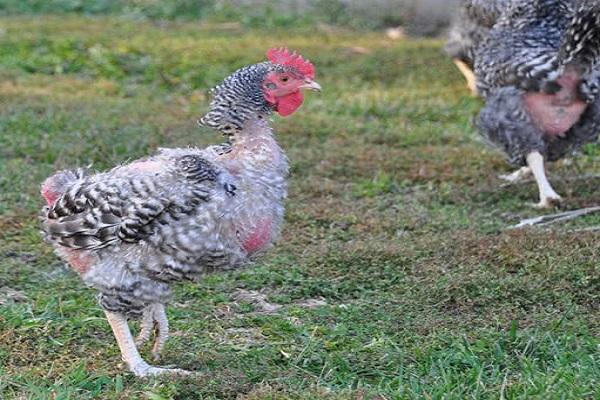
Because of illness
If the chickens do not rush and their feathers begin to disappear, it means that molting has begun due to the development of diseases in the body. Feather coat begins to fade due to the following reasons:
- tick attack;
- the appearance of fleas.
If nothing is done, diseases will begin to develop, and over time, the chickens will stop rushing completely and may even die. Therefore, it is recommended to seek help from a veterinarian to examine the birds and establish the exact cause of the shedding.
When hens begin to molt
Before you start breeding chickens, you need to figure out when they begin to molt. For the first time, young chickens begin to shed their plumage in the second year of life. Most often this occurs in the fall, but sometimes plumage occurs in winter. The re-shedding of feathers begins 60-70 weeks after the initial shedding.

If feathers fall too often, more than 2-3 times per season, then the bird has health problems. They can appear due to improper diet, vitamin deficiency or the development of skin ailments, due to which the plumage weakens.
Food for molting birds
The body of birds during molting is greatly weakened and consumes a lot of energy. Therefore, it is recommended to formulate the correct diet to ensure an uninterrupted supply of vitamins and other beneficial components.
Experts recommend to saturate the body of chickens with manganese and iodine. These trace elements are found in beets, berries and grass. Chickens also need to be fed daily with insects and earthworms. It is contraindicated to give raw potatoes, as it impairs digestion. It is better to use boiled vegetables instead.
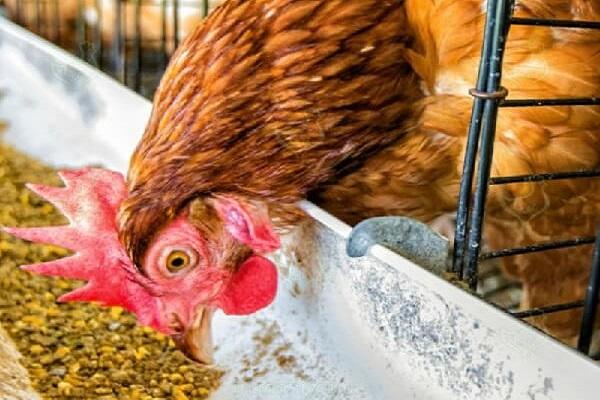
Bird care
A molting bird must be properly looked after. Poultry farmers who have been raising chickens for many years recommend keeping the chickens in the hen house longer during the molting process. If you let them out into the street, you need to equip the paddock with additional protection from the rain.
When the chickens begin to shed their plumage, it is necessary to clean the chicken coop more often. If this is not done, parasites and bacteria will begin to develop in the feathers, which in the future can infect chickens. Also, during shedding, it is impossible to physically contact the hens and change the composition of the herd.
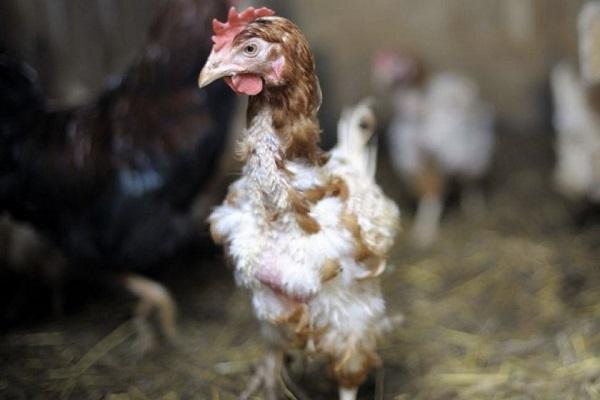
Process acceleration methods
There are several methods for speeding up bird shedding.
Feed after molting
After molting, experts advise giving hens a special feed, which contains many vitamins of groups D, A and B. Such feed is made from fodder beets, fresh grass and boiled vegetable fruits. After the molt is completed, wood ash, shells, cottage cheese and chalk are added to the diet.
Protein Supplements
To speed up the shedding of old plumage and the growth of new feathers, it is necessary to feed the chickens with protein supplements. However, using too much protein is not worth it, as this negatively affects the egg production of chickens. Soy, alfalfa and leftover fish are added to the diet to help birds get more protein.
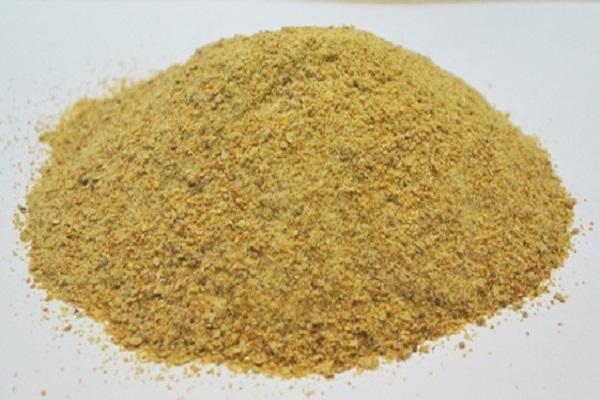
Artificial molting: why and how it is called
Sometimes poultry farmers have to cause molt on their own at home.
Chemical method
When using the chemical method, the chickens are given special preparations that stop the laying of eggs. They also stop ovulation and slow down the formation of hormones. All this leads to a change in plumage.
Hormonal way
In this case, the birds are given special hormonal preparations, which include "Thyroxin" and "Progesterone". If given regularly, the hormones will slow down the secretion and the hens will stop laying eggs. Hormone-induced molting is smooth and problem-free.

Zootechnical (classic) way
The classical method excludes the use of medications. Molting is triggered by artificial stress, which is triggered by stimuli such as bright lighting or a loud loud sound.
Conclusion
People who want to raise chickens in the future should familiarize themselves with molting in more detail. To do this, you need to deal with the main periods of feather fall and with the peculiarities of caring for the bird during the change of plumage.
